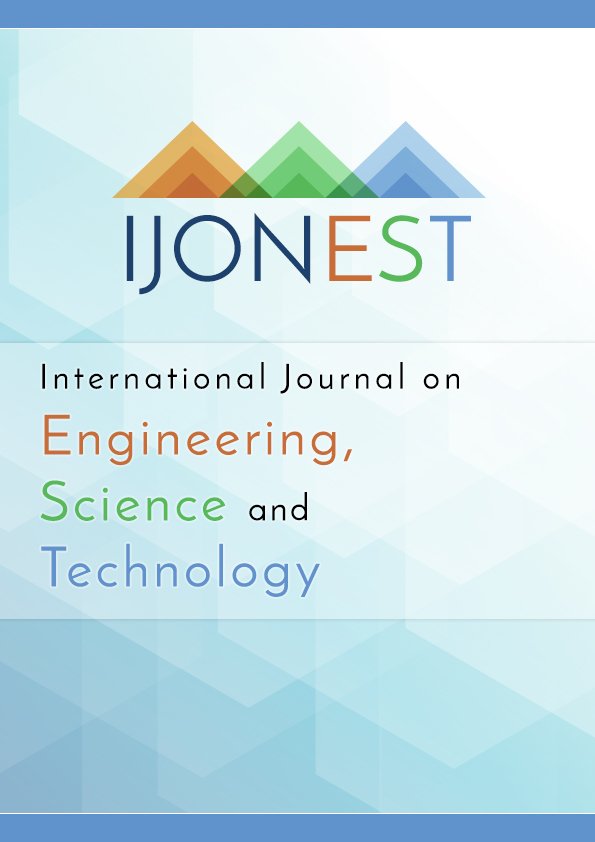Possible Warehouse Management Model According to Turkish Customs Regime Codes
DOI:
https://doi.org/10.46328/ijonest.155Keywords:
Custom warehouse, Custom regime codes, Logistic, Warehouse systems, Foreign tradeAbstract
Mankind has been in motion since its existence. The known history, dating back to 10,000 years ago, includes an adventure that started with hunter-gatherer and later became an agricultural society and settled-life after rehabilitating plants, and finally, today's lifestyle was formed with industrial and technological revolutions. In almost every step of this adventure, it is seen that human beings need to store the products they need in order to continue their life. After the hunter-gatherer living human beings catch their prey and gather the food they need, after the settled human beings harvest their products, and the human beings who buy the products they need today, they think about the future and feel the need for storage by nature. Just as individuals have storage needs at the micro level, businesses at the macro level want to keep various products such as raw materials, spare parts and intermediate products related to their business activities in their warehouses when needed, and they store certain product groups for this purpose. When we look at it today, it is seen that warehousing activities, which are a part of logistics processes as much as in-house warehouse activities, have an important place. Considering the product inventory costs, businesses want to buy the goods or products needed in the production process "on-time" by outsourcing the warehousing service, rather than keeping the goods or products they need within their own structure. At this point, it is seen that warehousing and warehousing activities as a part of the supply chain have gained more importance than ever, especially with the effect of technological developments in international trade. Warehouses and customs warehouses, which were seen as a cost element in both domestic and international logistics activities, respectively, today appear as economically effective structures that reduce shipment and customer order time cycles and most importantly provide value-added services. In short, we can see this pillar of logistics activities, which we encounter as a warehouse in domestic logistics activities and a customs warehouse in international logistics, as "the gear without moving that enables the machine to work all parts of a machine-like non-moving gear". In this study, after defining the warehouse, which is an important link of the supply chain, and focusing on its importance, the concept of warehouse used in international logistics will be explained and the effect of customs regime codes on the storage of goods in the customs warehouse will be explainedDownloads
Published
Issue
Section
License
Articles may be used for research, teaching, and private study purposes. Authors alone are responsible for the contents of their articles. The journal owns the copyright of the articles. The publisher shall not be liable for any loss, actions, claims, proceedings, demand, or costs or damages whatsoever or howsoever caused arising directly or indirectly in connection with or arising out of the use of the research material.
The author(s) of a manuscript agree that if the manuscript is accepted for publication in the International Journal on Engineering, Science and Technology (IJonEST), the published article will be copyrighted using a Creative Commons “Attribution 4.0 International” license. This license allows others to freely copy, distribute, and display the copyrighted work, and derivative works based upon it, under certain specified conditions.
Authors are responsible for obtaining written permission to include any images or artwork for which they do not hold copyright in their articles, or to adapt any such images or artwork for inclusion in their articles. The copyright holder must be made explicitly aware that the image(s) or artwork will be made freely available online as part of the article under a Creative Commons “Attribution 4.0 International” license.

This work is licensed under a Creative Commons Attribution-NonCommercial-ShareAlike 4.0 International License.





